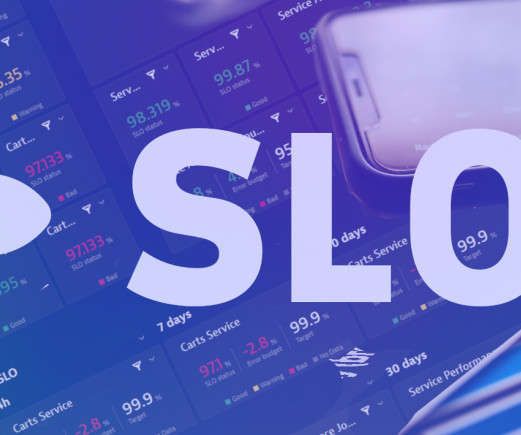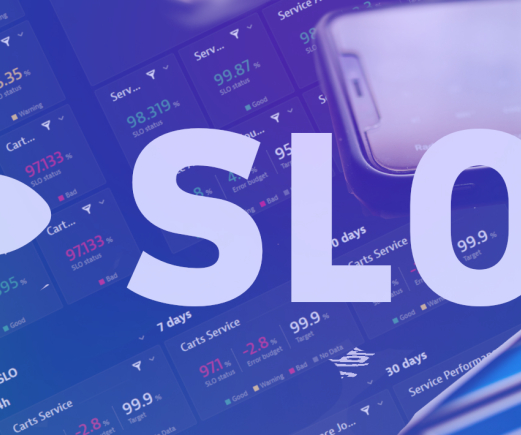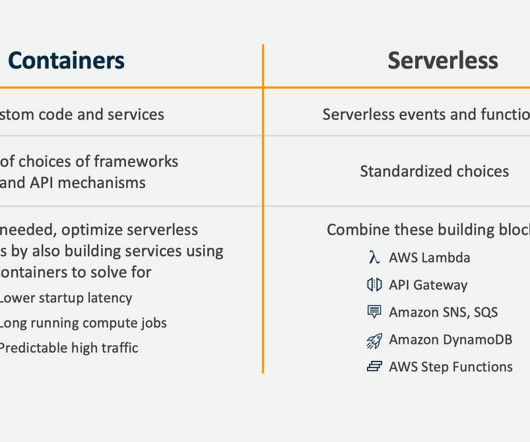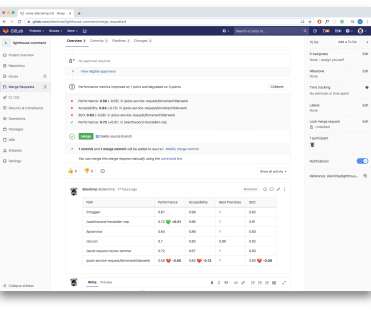Site reliability done right: 5 SRE best practices that deliver on business objectives
Dynatrace
MAY 31, 2023
Uptime Institute’s 2022 Outage Analysis report found that over 60% of system outages resulted in at least $100,000 in total losses, up from 39% in 2019. Aligning site reliability goals with business objectives Because of this, SRE best practices align objectives with business outcomes. Make SLOs realistic.









































Let's personalize your content